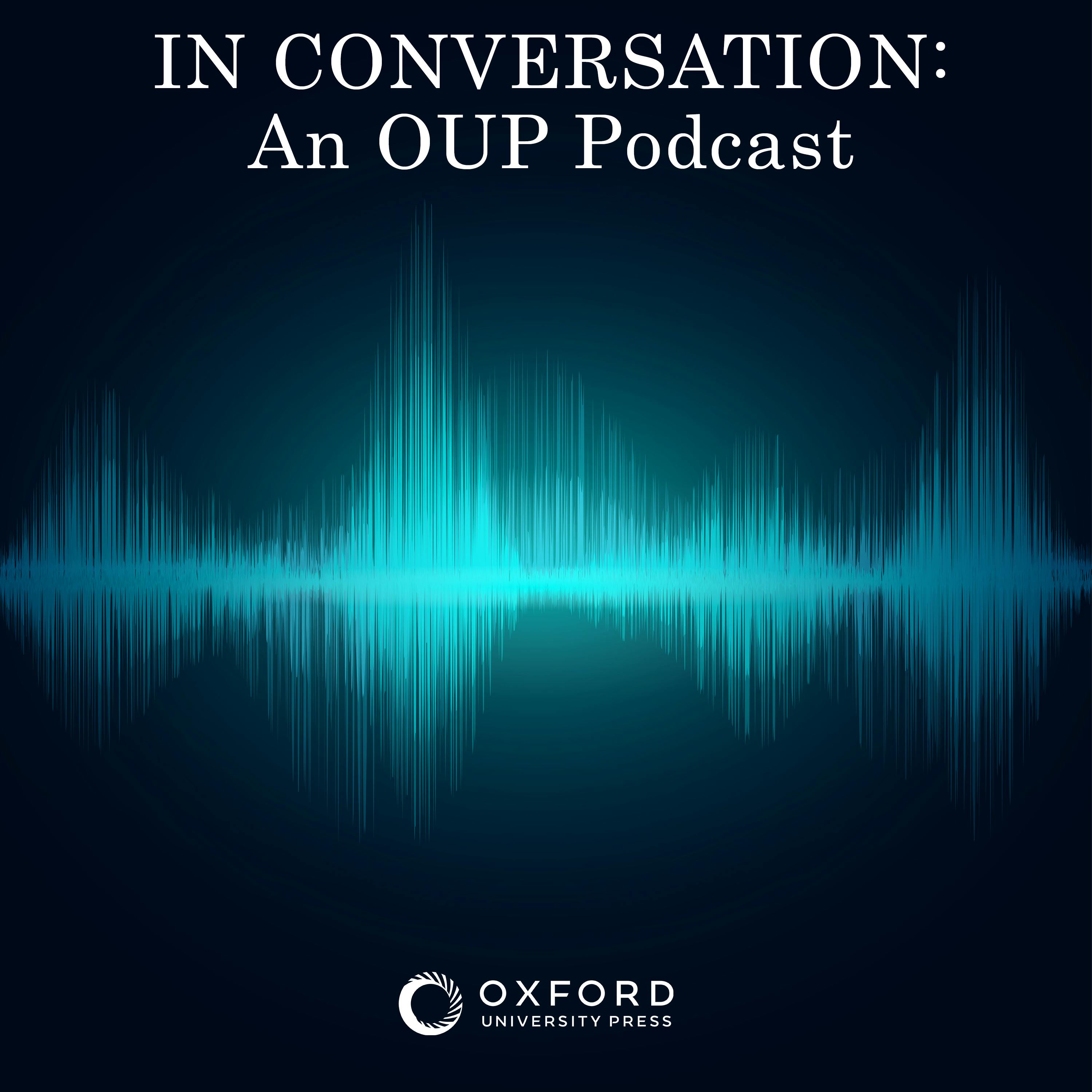
Kariann Akemi Yokota, “Unbecoming British: How Revolutionary America Became a Postcolonial Nation” (Oxford UP, 2011)

In Conversation: An OUP Podcast
Shownotes Transcript
The founding fathers–and mothers, sons and daughters–were British. Sort of. It’s true that they were subjects of the British crown, and that they looked, talked, acted and had the tastes of folks in London. But they were always different. Though they carried with them a sort of “British cultural package,” what they changed that cultural package, sometimes intentionally and sometimes accidentally. To draw an evolutionary analogy, they “speciated,” that is, evolved into something new. But just what it was they did not know, not before the Revolution and for a long time after it.
In her enlightening Unbecoming British: How Revolutionary America Became a Postcolonial Nation )(Oxford UP, 2011), Kariann Akemi Yokota )tells us how early “Americans” dealt with the problem of “American” identity. They were nothing if not conflicted: they recognized that British culture was much more sophisticated than their own, but they also sought to find virtue in American rudeness. One of the most interesting things about Kariann’s book is how she uses a variety of unusual sources to study this cultural anxiety–porcelain, maps, paintings, furniture, architecture, cloth, clothes, and other artifacts of “material culture.” Her analysis made me look at the “material culture” in my own house differently (“What in the world does a Dustbuster say about being an American?”). Kariann’s book will make you think differently about how Americans became Americans.